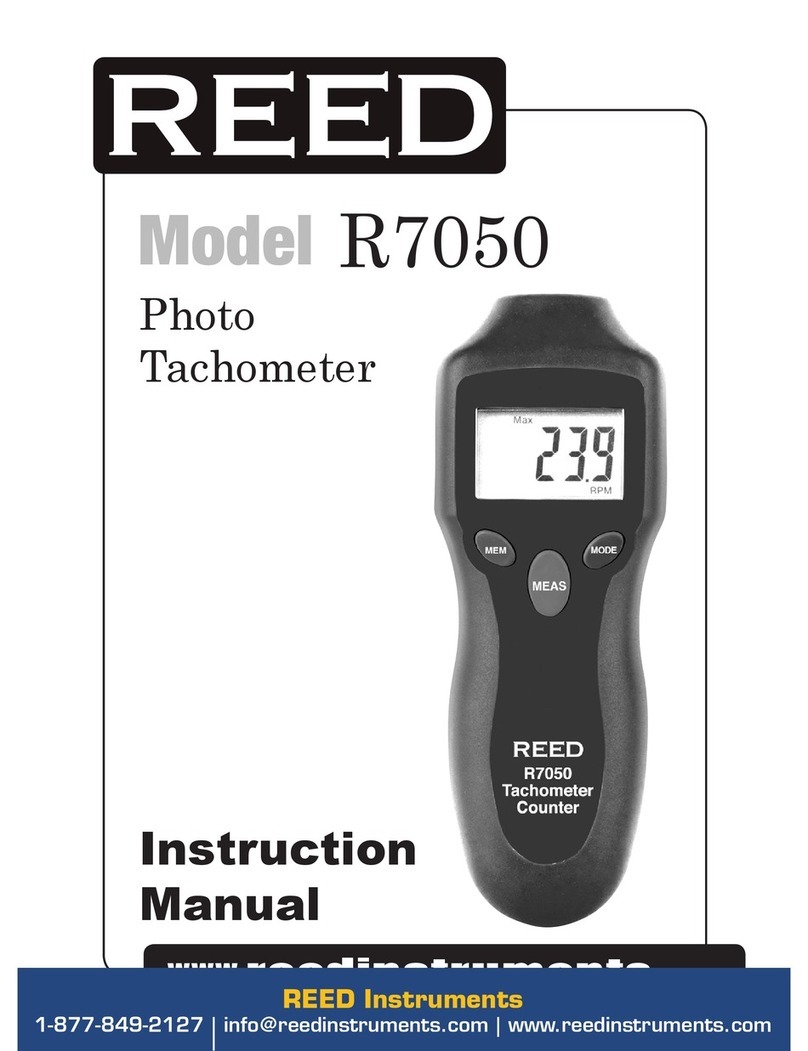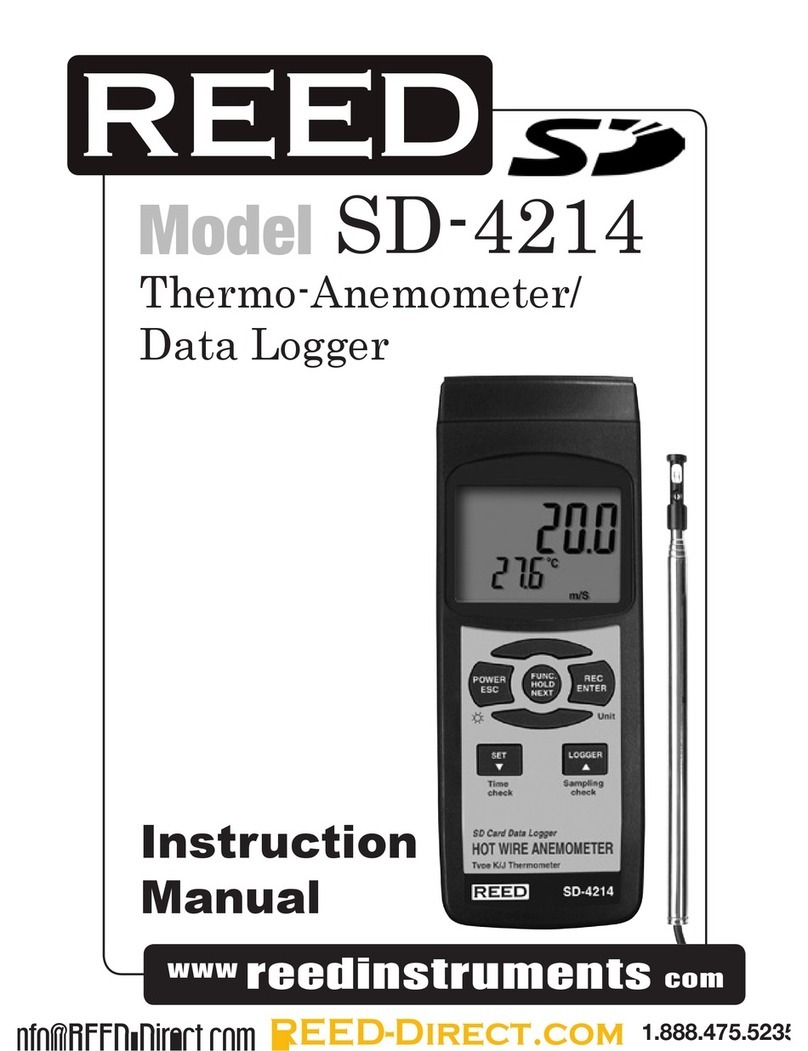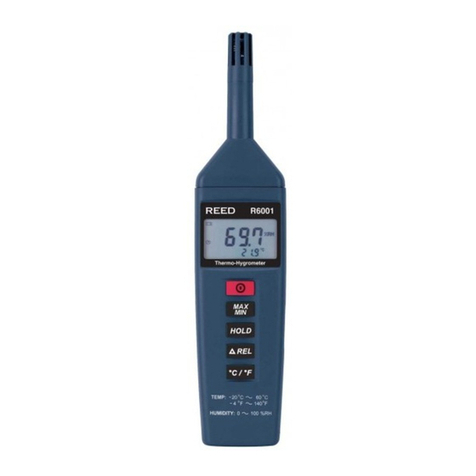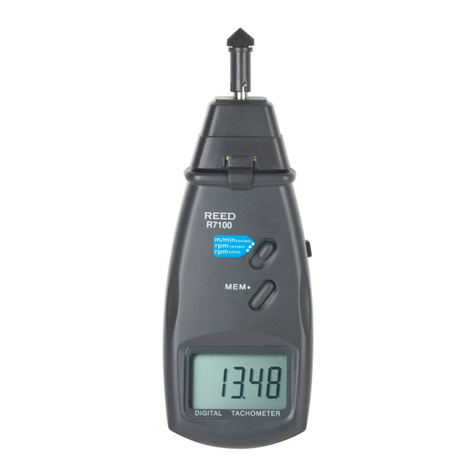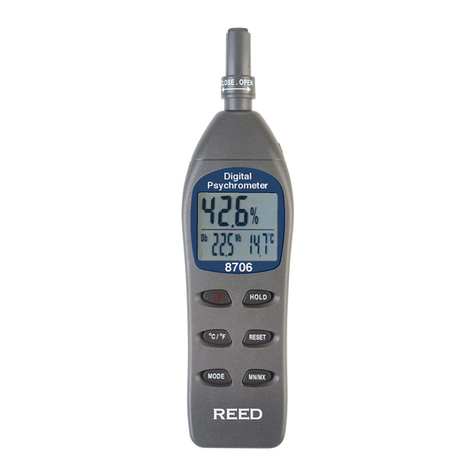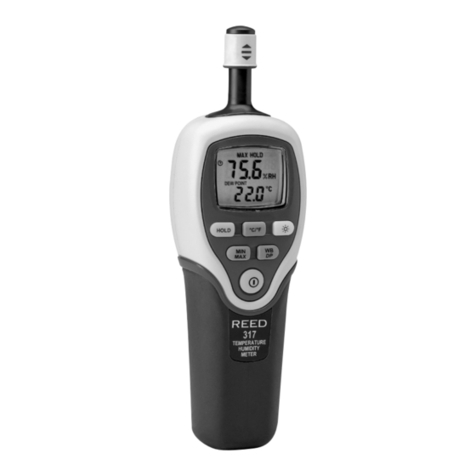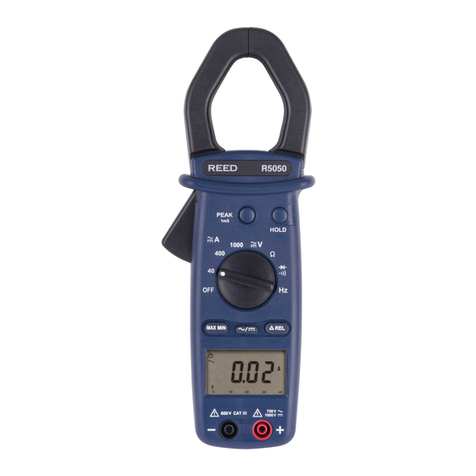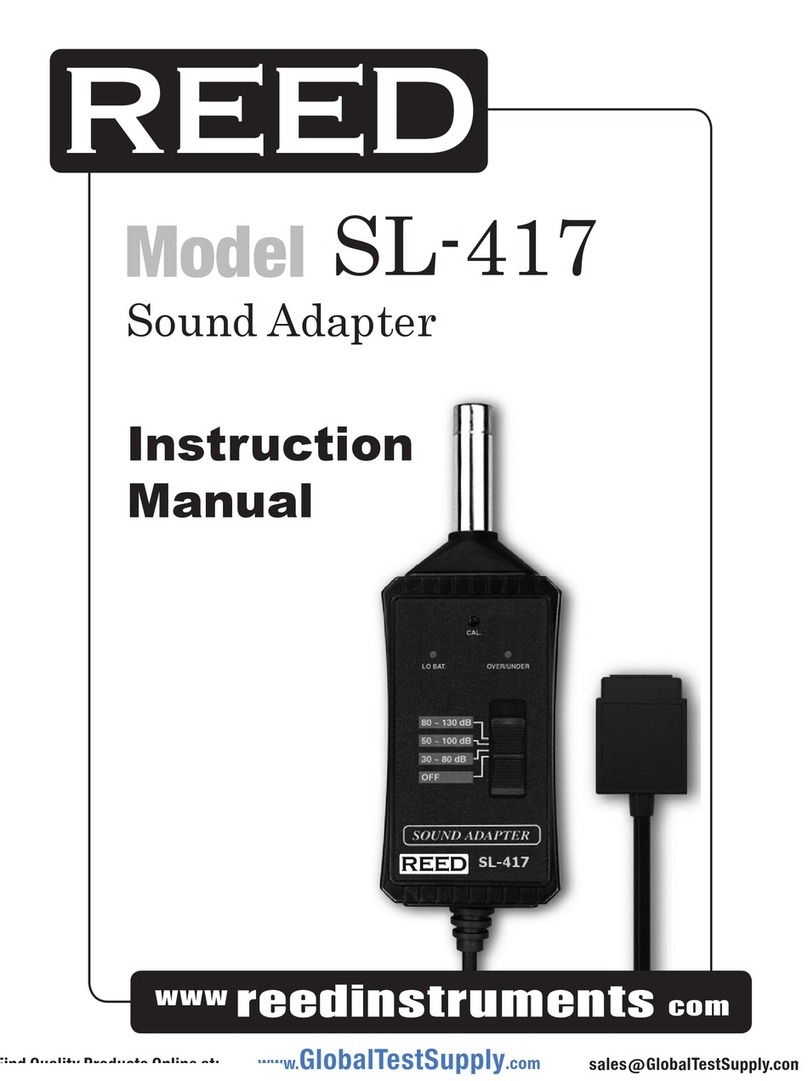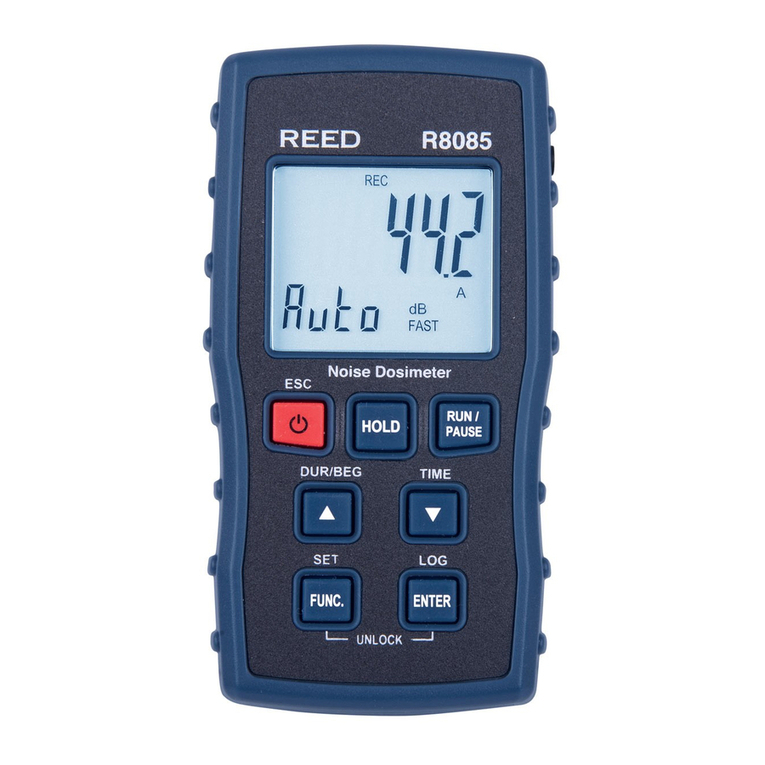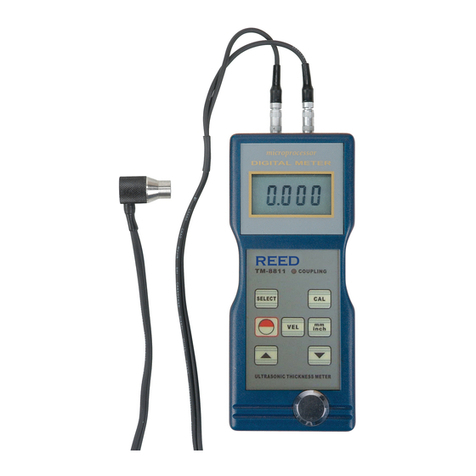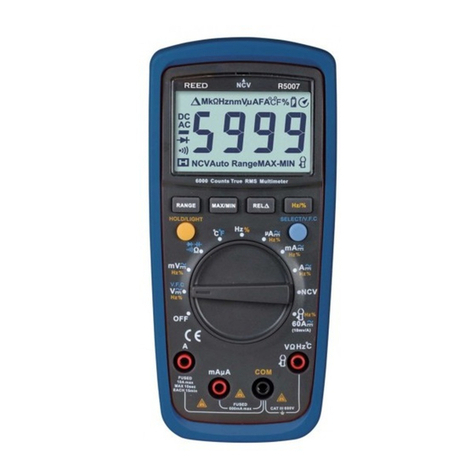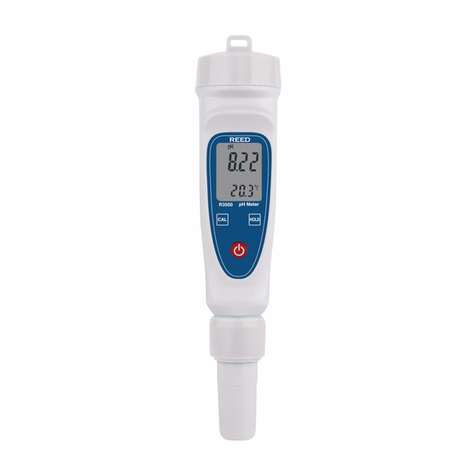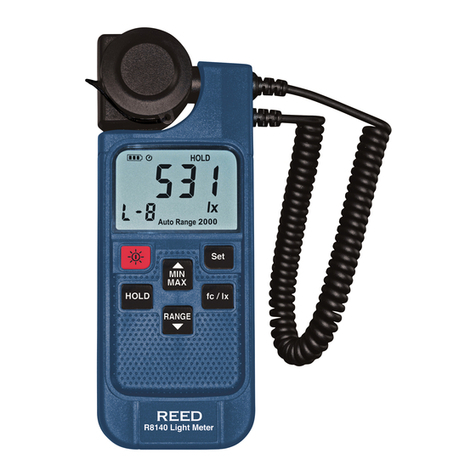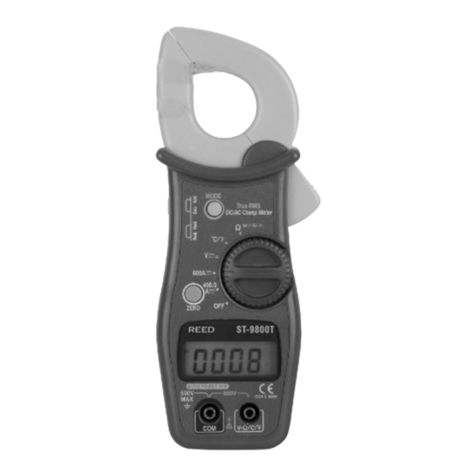Table of Contents
Features......................................................................................... 3
Specications.............................................................................4-5
Instrument Description .................................................................. 6
Operating Instructions..............................................................7-10
Adjusting the Sound Velocity....................................................... 7
Setting Probe Frequency ............................................................ 7
Preparing the Measurement Surface ........................................... 7
Taking Thickness Measurements................................................. 8
Zero Calibration .......................................................................... 8
Sound Velocity Measurements.................................................... 9
Setting Alarm Thickness Limits.................................................... 9
Minimum Capture Measurements ............................................. 10
Two Point Calibration ................................................................ 10
Measurement Methods ..........................................................11-13
Measurements on Cylindrical Surfaces...................................... 11
Measuring Compound Profiles .................................................. 12
Measuring an Un-Parallel Surface ............................................. 12
Influence of Material’s Temperature ........................................... 12
Material with Large Attenuation ................................................. 12
Measuring Castings .................................................................. 13
Preventing Errors....................................................................14-16
Reference Test Pieces............................................................... 14
Ultra-thin Material...................................................................... 15
Rust, Corrosion, and Pits .......................................................... 15
Error in Identifying Material ........................................................ 15
Degradation of Probe................................................................ 15
Overlapped Material and Compound Material ........................... 15
Influence of Metal Surface Oxidation ......................................... 16
Abnormal Readout of Thickness................................................ 16
Utilization and Selection of a Coupling Agent............................. 16
continued ...














